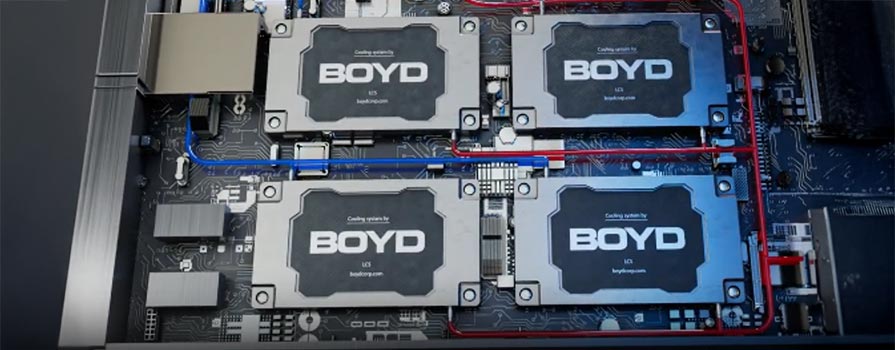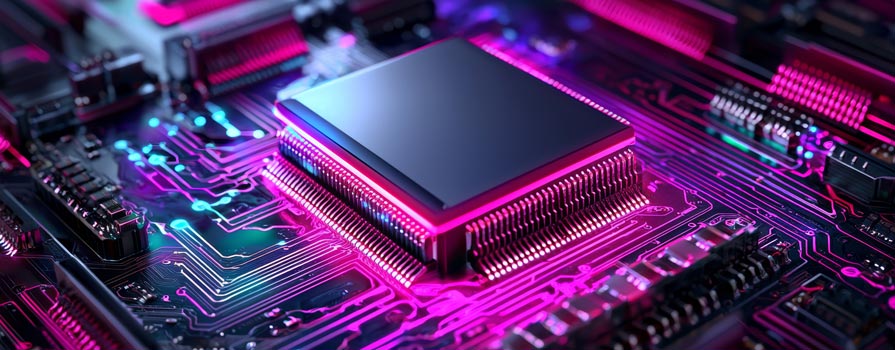One could argue that the display is the most critical component of a device as consumers interact with it the most. To support custom user-interface programs, Boyd offers a host of in-house display testing services to guide design decisions and maintain quality throughout production.
Display testing can be divided into two categories: optical characterization and functional display testing. In the first blog of this two-part series, we’ll be going over meeting the visual requirements of a display with optical characterization testing.
What is Optical Characterization Testing?
Optical characterization testing is the process of conducting tests to ensure a display meets all optical performance requirements within its intended condition. These tests are performed during the design phase to help support product development and during production as a quality control tool. Optical characterization tests take place in Boyd’s state-of-the-art Light Lab, where specialized testing equipment allows our experts to gather data on the optical characteristics of a display.
Designing a new display typically begins with the LCD. While the LCD chosen for use in a display may meet all the visual requirements, everything from the bonding method to display enhancements (such as films, meshes, and coatings) can alter its visual characteristics. Optical characterization tests can be performed during production to ensure that the display maintains its visual integrity as different layers are bonded together. This data can also be used as a target point when making alterations to the stack-up or as a reference for future display interface programs.
Optical characterization testing can also verify that the display meets other visual criteria that may be crucial for specific applications. Some of the other factors that can be tested for throughout production are yellowing caused by UV exposure, surface reflectivity, contrast, readability, luminance, and color uniformity.
Another critical factor to consider is the environment in which a display may be used. While the display may meet all visual requirements when powered on in a lab, it may also need to meet these specifications while in use in other conditions. Boyd’s Light Lab has advanced equipment that can simulate different light sources and locations. Measurements such as color, luminance, and response time of the display can be taken from almost any viewing angle and while in different states of power.
By involving Boyd early on in your project, our experts can assist in component selection and provide design considerations for optimal manufacturability. To learn more about Boyd’s testing services and discuss the display needs for your next project, schedule a consultation with our experts.
To learn more about Boyd’s display testing capabilities, stay tuned for the second part of our blog series on functional display testing.






